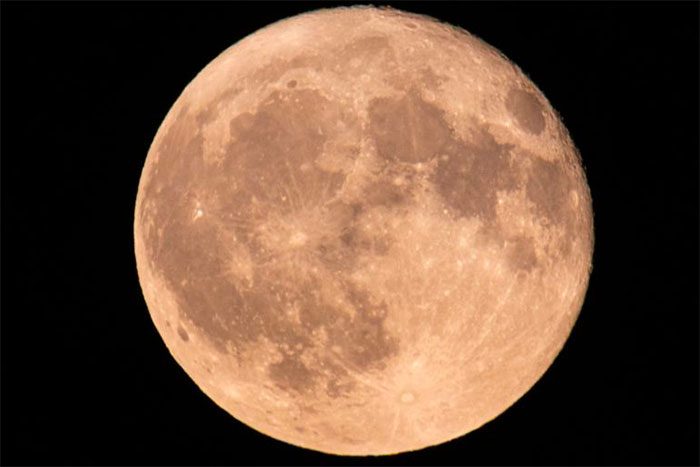The U.S. Government Assigns NASA to Establish a Standard Time Zone for the Moon, to be Known as Coordinated Lunar Time (CLT).
In a memorandum released on April 2, the Office of Science and Technology Policy (OSTP) stated that federal agencies will standardize time across celestial bodies, initially focusing on the Moon and missions in its orbit. NASA aims to complete the establishment of CLT by 2026.

Many countries are racing to explore the potential of the Moon. (Image: Getty)
In layman’s terms, humans need a synchronization system between Earth time and Moon time, as the lower gravitational force on the Moon causes time to move slightly faster there compared to Earth—specifically, by 58.7 microseconds after 24 Earth hours.
This is not science fiction, despite being featured in Hollywood blockbusters like Interstellar. The passage of time is affected by gravity.
While the difference is small, it can create challenges in synchronizing satellites and space stations in lunar orbit.
People on Earth use UTC (Coordinated Universal Time) to synchronize time zones worldwide. UTC is determined by over 400 atomic clocks in “time laboratories” across approximately 30 countries. Atomic clocks utilize the vibrations of atoms to achieve extremely high precision in time measurement.
Similar atomic clocks will be placed on the Moon to ensure accurate timekeeping.
Although not addressing time zones on other planets, in 2019, NASA’s Deep Space Atomic Clock (DSAC) mission tested atomic clocks to enhance spacecraft navigation in deep space.
The DSAC mission was launched by SpaceX’s Falcon Heavy rocket on June 22, 2019. The rocket tested the atomic clock in Earth orbit for one year.
The mission successfully concluded in 2021, with the atomic clock on board maintaining precise time and positioning.


















































